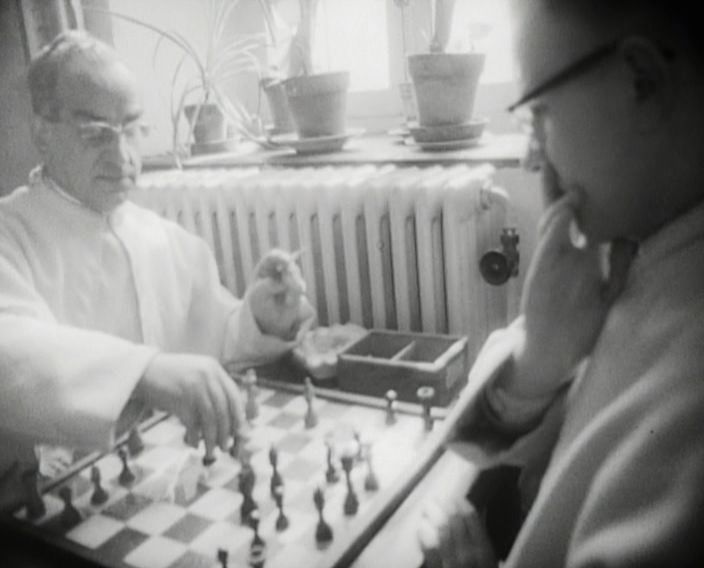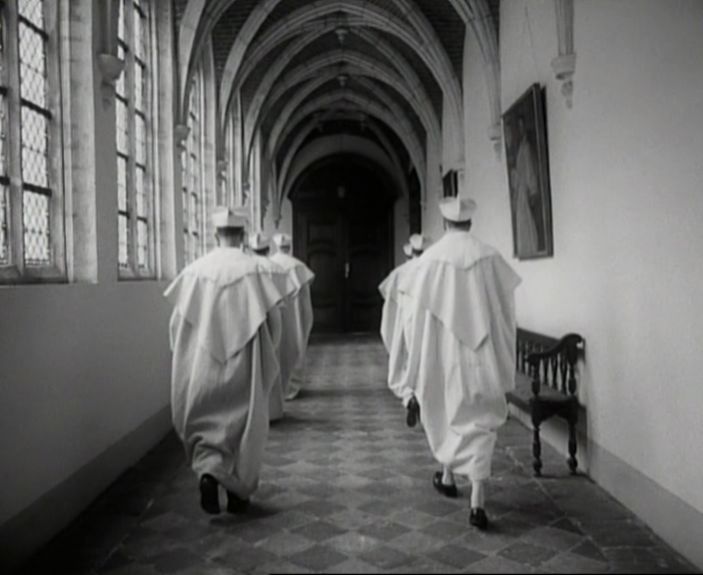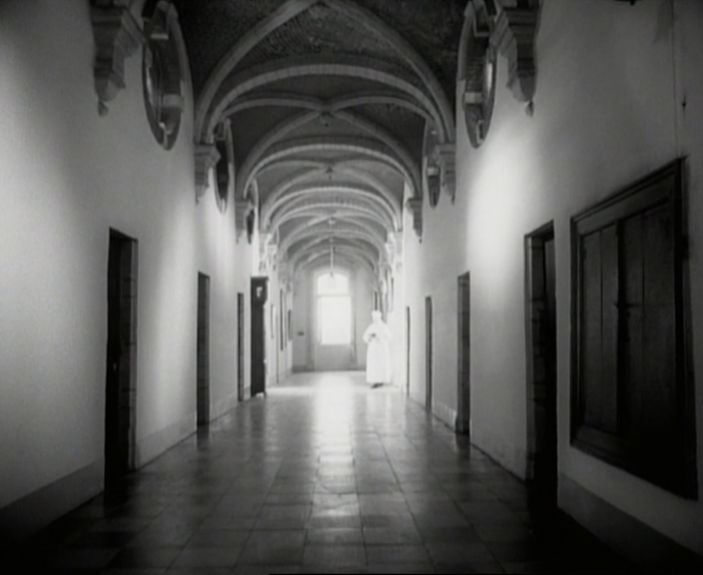Abdij van Park Heverlee

Original format
Color
Color system
Languages
Availability
At the beginning of his career, Jef Cornelis directed three analytical and poetical middle-length films about remarkable Belgian historical buildings. In Het Kasteel van Alden Biezen (On the castle of Alden Biezen, 1964) and Plus d'Honneur que d'Honneurs (Heaped with Honours, 1965), he presented a portrait of respectively the Grand Commandry Alden Biezen in Bilzen and Castle of the Princes de Mérode in Westerlo.
In Abdij van Park Heverlee (Park Abbey Heverlee) Cornelis focuses on the Park Abbey near Leuven. The Abbey was founded in 1129 and inhabited by Premonstratensians, a Roman Catholic religious order of canons regular founded in Prémontré (France). The Abbey's history is intricate as it suffered during the wars waged by William of Orange (1533-1584) and it was confiscated two times, once during Holy Roman Emperor (1765-1790), then during the French Republic on February 1st 1797. After the declaration of the Kingdom of Belgium in 1830, the monks returned to the Abbey and restarted their community life.
The film functions as an introduction to the architecture of this monument, but it also constitutes a remarkable example of Cornelis' cinematic style. The camera circulates around the Abbey and its interior, but the movement – also in the musical sense of the term – offers far more than a mere registration of a visual object. Cornelis depicts all aspects of the building and causes an architectural movement to unfold in space. Finally, the surroundings slowly reveal themselves through the inhabitants, but the film is a cinematographic object that needs to be understood in its conceptual entirety.
Original broadcast date: 25/12/1964
Content:
00’00" Leader. 00’10" Introduction : low reliefs illustrating the legend of Saint Norbert, founder of the order (titles : Abraham, Isaac blessing Jacob, the prophet Elias, the Last Supper, Norbert’s conversion, Norbert giving away all his possessions, Norbert exorcizing the devil, Norbertin monks). 01’50" High mass in the Abbey chapel. View of monks wending their way through the narrow corridors of the cloister. 04’35" Lists of the dead, portraits of earlier abbots, the founder’s precepts, ancient engravings. 08’05" Pictures of the Abbey surrounded by ornamental ponds, the camera passing through the numerous porches at the entrance, going up steps and passing niches containing statues of saints. 10’40" Rows of coat-pegs in empty staircases, monks studying in the library. 12’20" Tables with places laid in the refectory. 14’20" Cowsheds, the orchard, fields surrounding the Abbey, a Brabantine plough-horse pulling a cart. 15’45" Pictures showing details of the sacristy and the chapel ; the altar, candlesticks, the pulpit, monks at prayer. 18’05" Engraving showing the order’s "genealogical tree", details of a panegyric "to the most honorable Lord H.E. Meynekens". 19’20" Interior view of parlours ; details of chandeliers, sculptures, interiors, altar, ceiling, paintings. 22’30" Round about the Abbey : balustrades of deserted balconies, sculptures eroded by time, lions at the entrance, graveyard, a bower in the Abbey grounds, a path leading up to the Abbey. 26’55" The camera going along seemingly endless corridors towards the living quarters where Norbertin monks play chess or billiards. 28’15" Final credits. 29’45"
(Source: Jef Cornelis 1964 - 1990, Espace Art Contemporain : Maison de la culture et de la Communication de Saint-Etienne, 1991)



